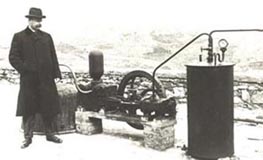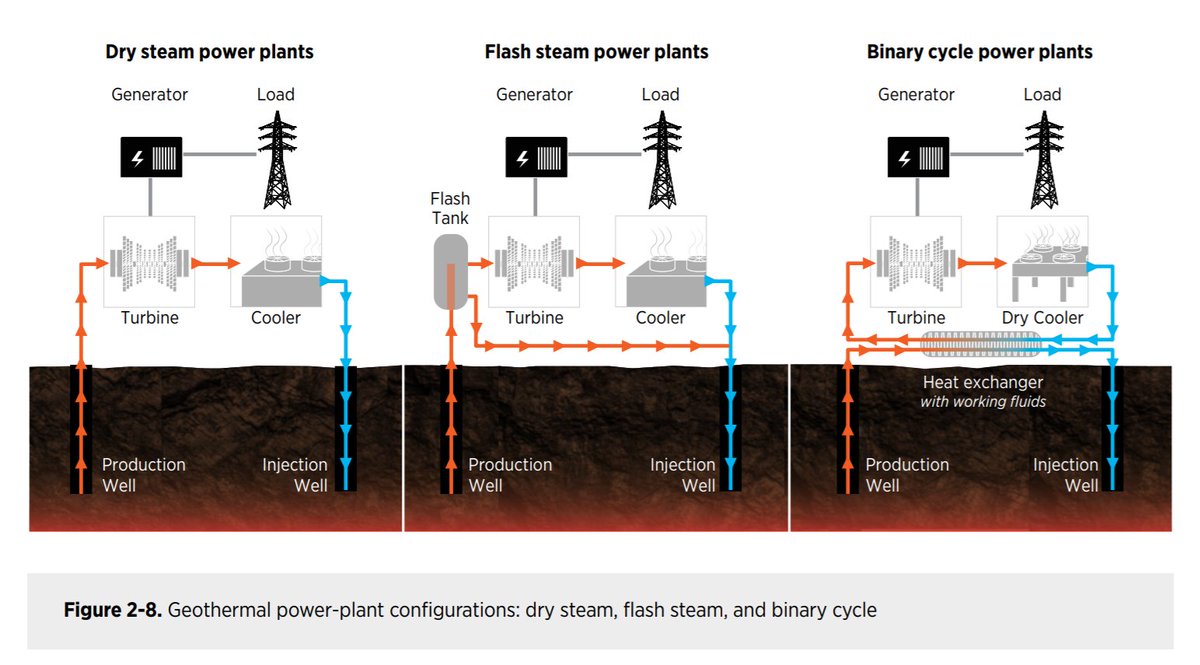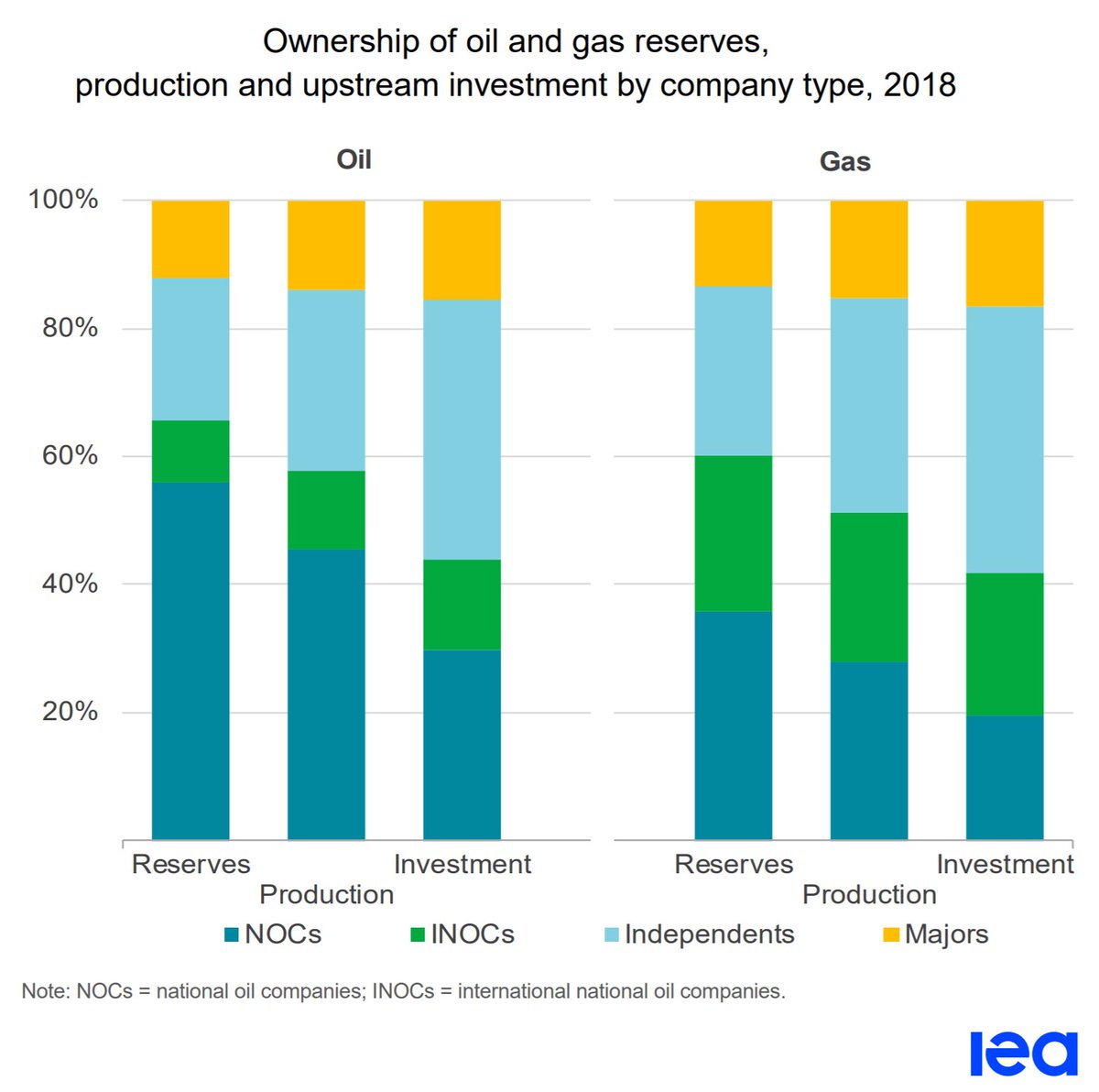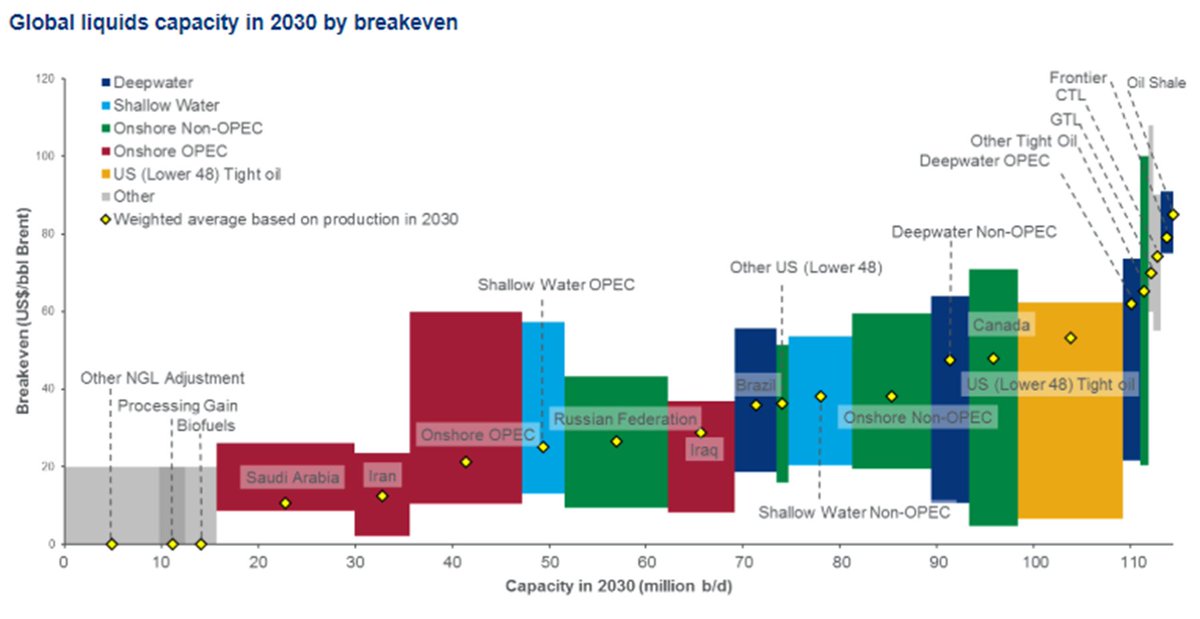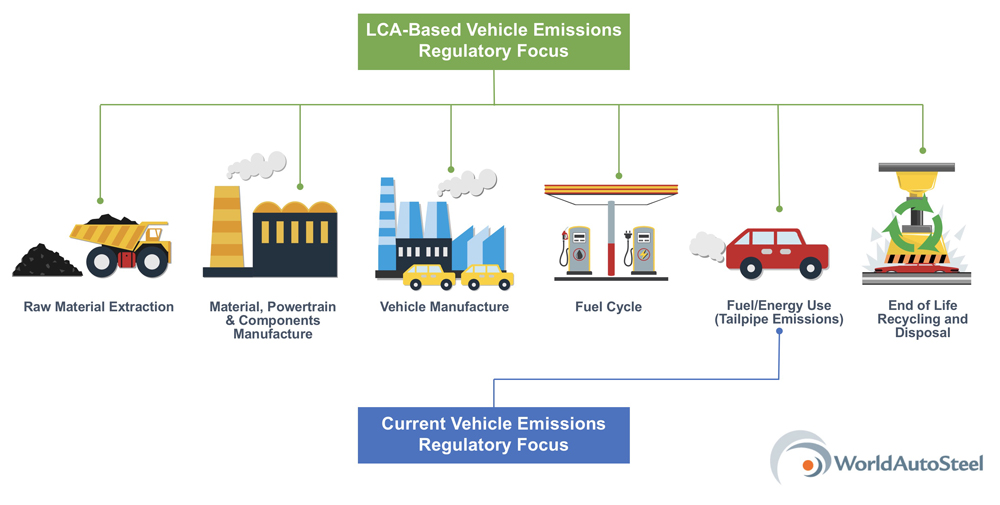
1/Ok so now that we are all interested in electricity reliability, really big ruling from the California PUC today. Recognizes a 7000MW (!!) shortfall by 2025 and calls for new resources, including 1000MW each of new geothermal and long duration storage. docs.cpuc.ca.gov/PublishedDocs/…
2/What’s going on? 2020 rotating outages exposed major vulnerabilities in California and in the next few years, Diablo Canyon nuclear and a lot of once-through cooling (OTC) natural gas is set to retire. The problem is just going to get worse.
3/The Administrative Law Judge (ALJ) ruling looked at revised peak load requirements, shutdowns of nuclear and gas capacity, and compared it to existing planned procurement in the state. It’s not pretty. Mid case below: 

4/The ALJ also looked at a high need scenario that accounts for a reduction in import capacity from the Navajo Coal plant, limited new import options, and an increase in peak demand due to climate change. The shortfall is over 10,000 MW in this scenario. 

5/Important to note this isn’t just any capacity, this is total capacity that applies for Resource Adequacy based on the Effective Load Carrying Capability (ELCC). So each resource has its own effective capacity and that has to be taken into account. 

6/Closing this gap is critical to preventing blackouts in the future. The ruling recommends accelerating existing capacity procurement across all resources (wind, solar, batteries, offshore wind, etc.) PLUS specific procurement of geothermal and long duration storage (LDS). 

7/Urgent action is needed. In power planning timelines, 2025 is right around the corner. 1000MW of new geothermal would be a 60% increase in CA geothermal in just 5 years. LDS is just getting started, 1000MW is a lot there too. Doable, but needs action ASAP.
8/To get technologies like geothermal and LDS jump started that fast, real action is needed. The ruling proposes creating market certainty by both requiring Load Serving Entities (LSEs) to meet procurement requirements and creating a backstop procurement plan. 

9/To be clear, this is just one part of a longer process. There will be reviews and engagement with all stakeholders as this works its way through the process. But this is a major step forward for decarbonization and reliability.
10/Advocates (like me) of geothermal and long duration storage have been talking for a long time about how firm, clean capacity will be very valuable in the future. With this ruling, that future is no longer theoretical, it’s here and now. END
• • •
Missing some Tweet in this thread? You can try to
force a refresh


